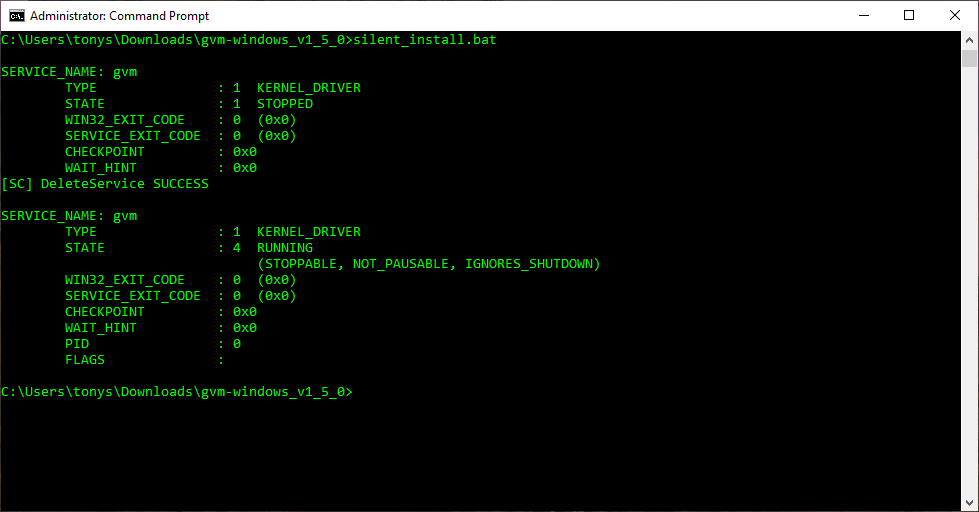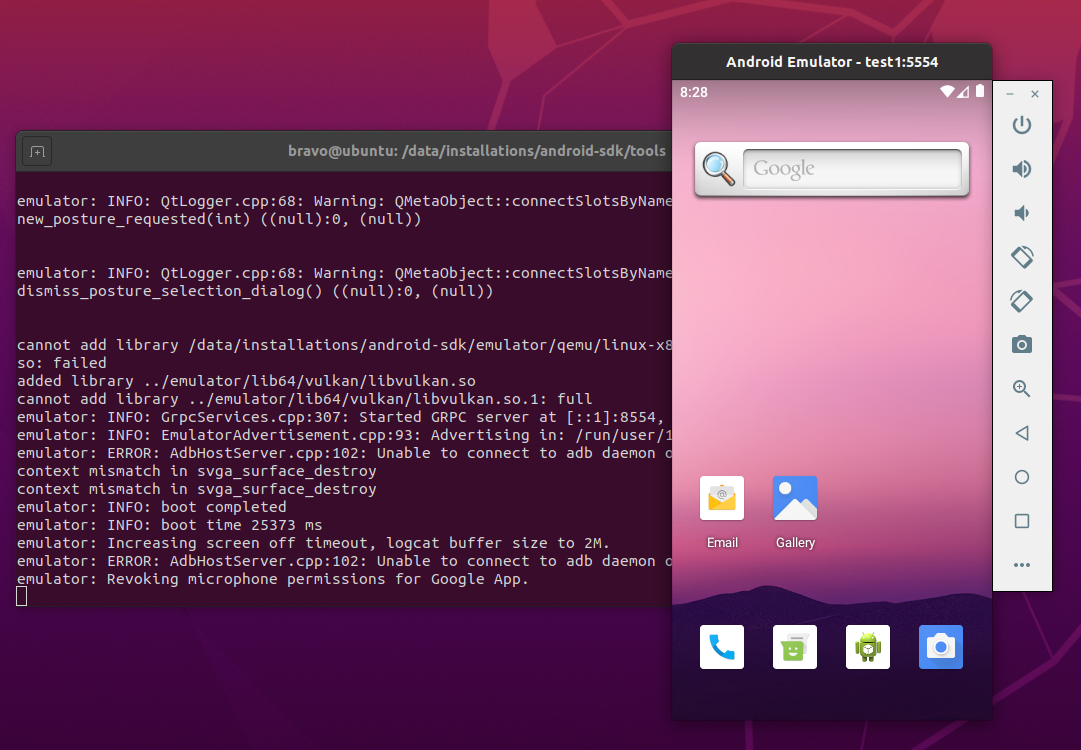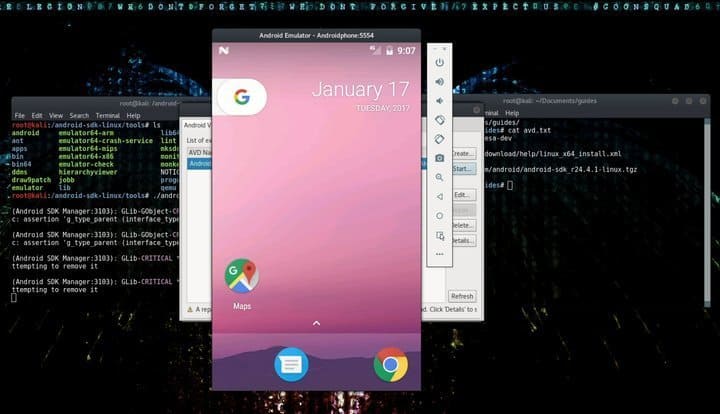

- #UBUNTU INSTALL ANDROID EMULATOR HOW TO#
- #UBUNTU INSTALL ANDROID EMULATOR DRIVERS#
- #UBUNTU INSTALL ANDROID EMULATOR PASSWORD#
- #UBUNTU INSTALL ANDROID EMULATOR DOWNLOAD#
Please check Support status to better know what is the current state of the emulator.Īfter starting the emulator with the wrapper script, the following should be available:
#UBUNTU INSTALL ANDROID EMULATOR HOW TO#
To update your existing working tree to pull in new changes from the server, run repo sync.įor more information about how to use the repo command to manage your android working tree, see this page. Go get /goget-ubuntu-touch/ubuntu-emulator $ sudo cp out/target/product/generic_x86/system.raw /tmp/mount2/var/lib/lxc/android/system.img $ sudo mount /tmp/mount1/system.img /tmp/mount2 $ sudo mount ~/.local/share/ubuntu-emulator/myinstance/sdcard.img /tmp/mount1 To use the system.img that you just created, create an instance with ubuntu-emulator create -use-raw-disk and replace the system.img file available in the generated sdcard.img file (under ~/.local/share/ubuntu-emulator/: $ simg2img out/target/product/generic_x86/system.img out/target/product/generic_x86/system.raw This toolchain has a bug that breaks the emulator init system, and you should either use the Android pre-build one (by removing the package), or downloading the latest gcc-i686-linux-android from Ubuntu Utopic (14.10). Note: If you're using Ubuntu Trusty (14.04) as your host, make sure you don't have the package gcc-i686-linux-android installed in your system. $ lunch aosp_arm-userdebug # or aosp_x86-userdebug for the x86 emulator $ # and then work around the fact that libgl1-mesa-dev isn't Multi-Arch: same yet $ sudo apt install schedtool openjdk-8-jdk g++-multilib bison flex $ # this here is only needed if you didn't follow before $ sudo apt install libx11-dev:i386 libreadline6-dev:i386 libgl1-mesa-dev:i386 zlib1g-dev:i386 $ # if we're on amd64, we need to pull in certain 32-bit packages explicitly The Ubuntu emulator is composed of two parts: the runtime (what gets the emulator running) and the manager (the set of commands to start/stop and manage emulator instances). Until system-image works in the emulator, you can do the following to rebuild the image using the cached image: $ sudo ubuntu-emulator create myoldinstance A new option has been added to the latest version of ubuntu-emulator in vivid: -password= which can be used to override the default password. Passwords entered on the initial wizard security screen will be ignored.
#UBUNTU INSTALL ANDROID EMULATOR PASSWORD#
The new emulator instance is created with the phablet user password set to: 0000.

If 'ubuntu-emulator create' fails with "qemu-img: Invalid options for file format 'qcow2'", you may need to use a raw disk as per -use-raw-disk You can work around this by doing sudo apt install libudev1:i386 If ubuntu-emulator run fails with libGL error: Couldn't dlopen libudev.so.1 or libudev.so.0, driver detection may be broken on amd64, this is bug:1291333.
#UBUNTU INSTALL ANDROID EMULATOR DOWNLOAD#
#UBUNTU INSTALL ANDROID EMULATOR DRIVERS#



 0 kommentar(er)
0 kommentar(er)
